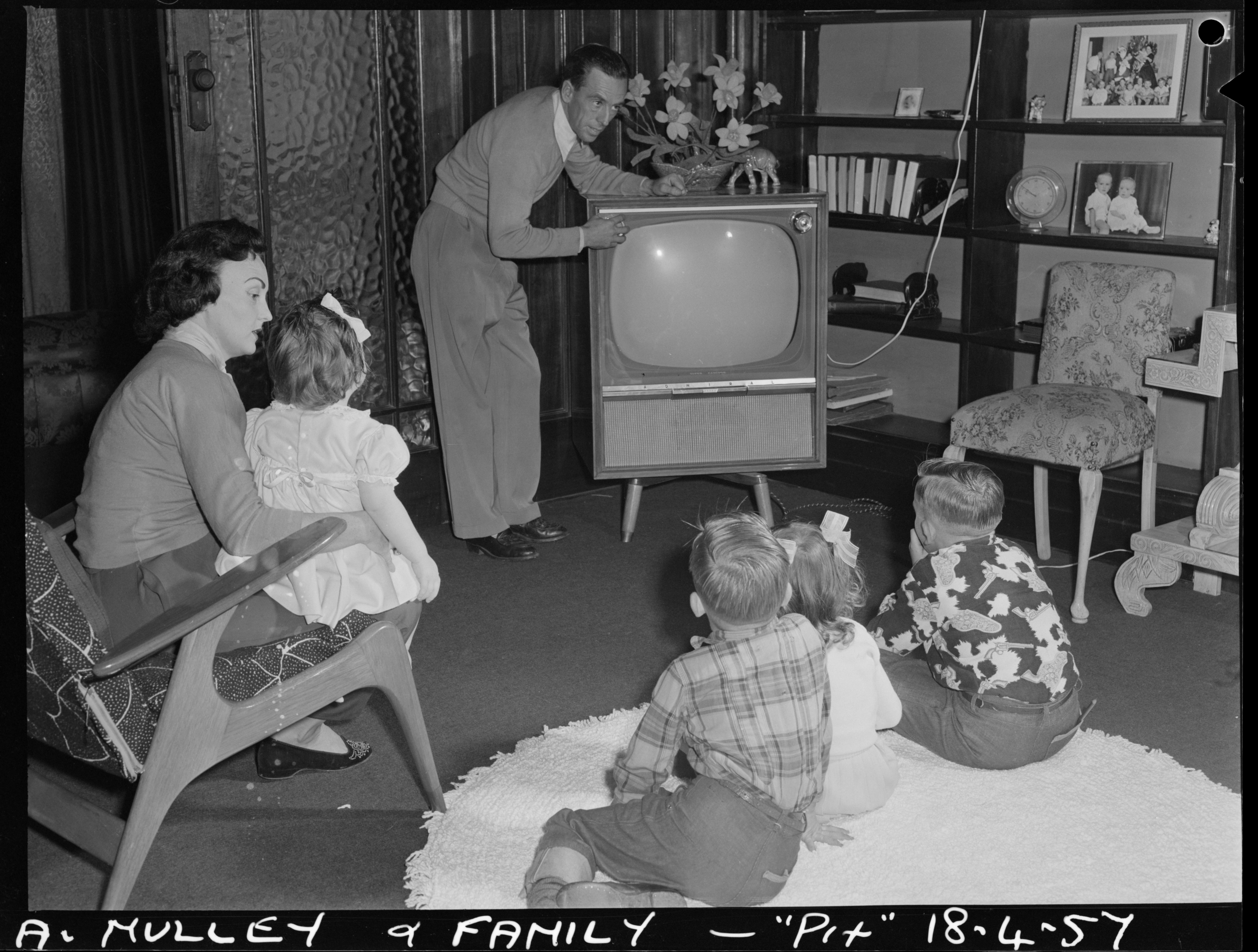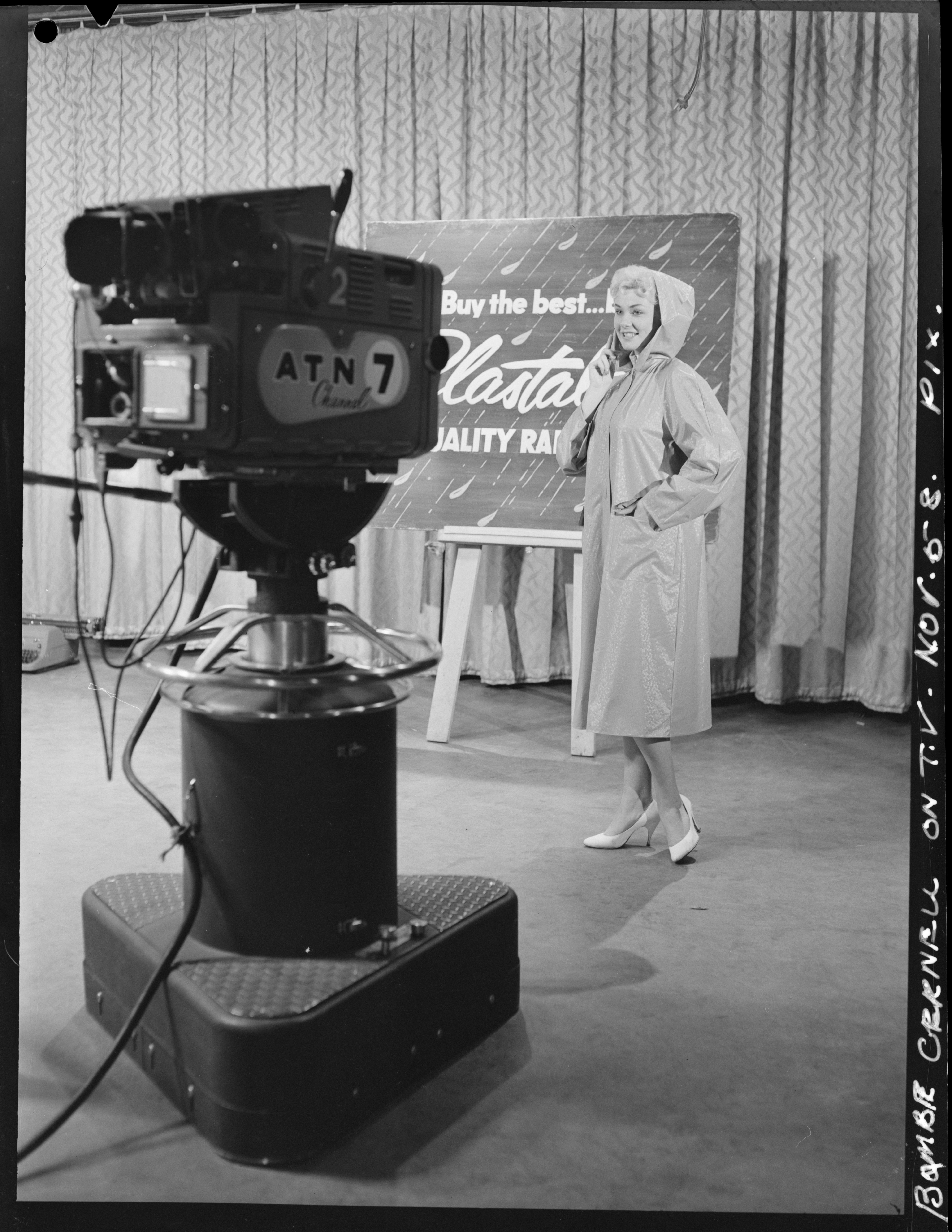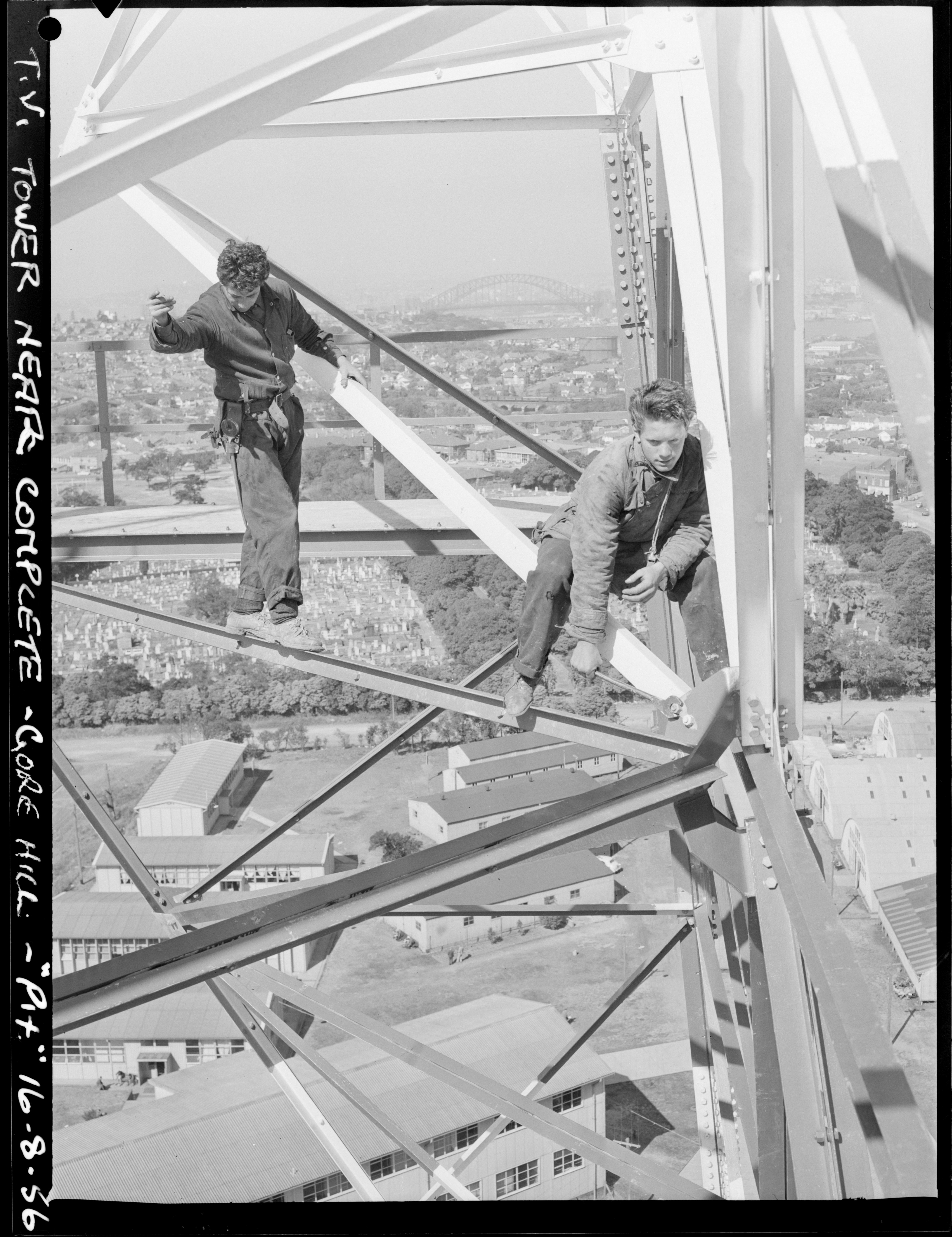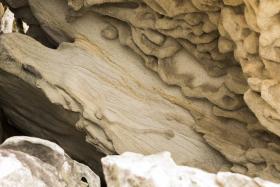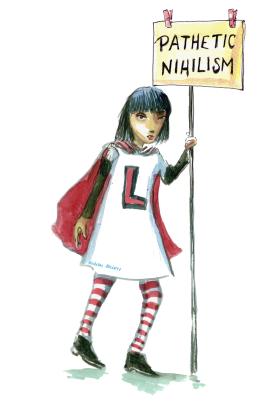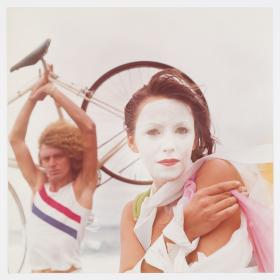During lockdown in Melbourne, I watched all seven series of Tina Fey’s brilliant comedy 30 Rock with my 14-year-old daughter. One episode a day for 133 days — our contribution to the pandemic-induced boom in streaming television. 30 Rock is based on a fictional sketch-comedy show that airs on the very real American broadcast giant, NBC. Much of 30 Rock is a parody of the culture of NBC and its parent company, General Electric (GE).
GE was originally a manufacturer of light bulbs and electric lamps, then home appliances like refrigerators and ovens. But it also runs a television station and 30 Rock plays up the incongruity. Fey’s boss on the show, NBC executive Jack Donaghy (played by Alec Baldwin), is Vice President of East Coast Television and Microwave Oven Programming.
NBC was one of three huge radio networks that took control of American television between 1946 and 1955 — the National Broadcasting Company (NBC), the Columbia Broadcasting System (CBS) and the American Broadcasting Company (ABC). Some of the companies behind NBC, CBS and ABC originally went into radio broadcasting because they were electrical manufacturers who wanted to sell radio sets, GE and Westinghouse among them. People wouldn’t buy a radio if there was nothing to listen to.
In Australia, why didn’t we have Kelvinator, for example, owning a television station instead of Kerry Packer? The answer dates back to the 1950s and the extraordinary role played by Australia’s shrewd newspaper groups. Australia’s policymakers were in no hurry to introduce television. They only began to seriously consider it in the early 1950s. By then, Australia’s already-powerful newspaper groups had spent years studying television overseas. They knew exactly what they wanted to see in Australia – an American-style commercial television system that would allow newspaper publishers to become television broadcasters and reap the profits from advertising. What they definitely did not want was a British-style system of public broadcasting that locked them out and gave a monopoly role to a taxpayer-funded broadcaster. In the UK, this of course was the BBC.
The newspaper groups’ hopes and fears are recorded in their internal correspondence from this time, including documents held in the Library’s Fairfax Media Business Archive. A representative from Associated Newspapers, the company that owned the Sydney Sun, wrote from the US in 1954 to its chairman that, ‘we should undoubtedly press to get a [television] licence for ourselves’. He noted newspapers in New York were regretting they did not get into television early.
Although some American newspaper groups were involved in commercial television, most were late or were minor players unable to stop television’s impact on their papers. The period between 1949 and 1959 was disastrous for American newspapers — 217 daily newspapers disappeared. More than 1200 American cities became one-paper towns.
Eric Kennedy, Associated Newspapers’ chief executive officer, warned his bosses that Australian newspapers needed to get in early and ‘control commercial television’. The largest Australian newspaper groups were in an excellent position to achieve that, not least because they were already radio broadcasters. During the 1930s, metropolitan newspapers had been very successful in obtaining commercial radio licences from the Lyons government. By 1954, newspapers wholly or partly owned 43 of the 106 commercial radio stations operating in Australia.
Major newspaper groups wanted to repeat that success and snare the first television licences. To do so, they would use the power of their newspapers to shape public opinion and political decision-making. They also drew on their long experience in backroom lobbying and political campaigning. Political influence was important because the first opponent the newspaper groups had to vanquish was not an electrical appliance manufacturer or another commercial rival. It was the federal Labor party.
In 1949, Labor’s policy under Ben Chifley was to introduce a British-style public broadcasting system of television that would shut out the newspapers. His opponent, Liberal party leader, Robert Menzies, supported the newspapers’ call for commercial television, although Menzies was in no particular hurry to introduce it. During the 1949 election, the major newspapers campaigned fiercely against Labor. When Menzies won, Colin Bednall was dispatched to see him. Bednall was the managing editor of Brisbane’s Courier-Mail and was on friendly terms with Menzies.
Bednall tried to convince the new prime minister of the importance of television, and of involving the newspapers in its development. In November 1952, Bednall wrote to a young Rupert Murdoch, ‘For the last two years, I have been fighting hard behind the political scenes for recognition by the Federal Government of the rights of existing newspaper radio interests to participate in Television.’
Menzies announced a Royal Commission into television in 1953, stacked to guarantee the newspapers a sympathetic hearing. Bednall himself was one of the six commissioners appointed. He later said that four of the five commissioners he worked with were ‘trusty and well-beloved’ friends of the Menzies government.
Even before the Commission began its work, the Menzies government suddenly legislated for a dual system of public and commercial broadcasting. That settled the major issue at stake: Australia would have the ABC and commercial stations.
The Royal Commission’s final report recommended a television system that was almost a carbon-copy of the newspapers’ proposals. Unlike several other countries, Australia’s television licence holders would own their own transmitters and face only minimal content requirements or public service obligations.
Now the race was on for the crucial first licences.
Newspapers used their own pages to argue that they were the natural choice to be Australia’s television pioneers. They played up concerns about foreign ownership, damaging the prospects of their main rivals, American cinema interests and foreign electrical manufacturers. Newspapers also kept emphasising how financially risky it was going to be to start up a television station in Australia.
Privately, they knew from the American experience that although television did require large capital investments, the first stations soon made ‘phenomenal’ profits. Behind closed doors, the newspaper groups believed that success for the first licensees was ‘assured’, and that just having a television licence would be worth 1 million, or about $37 million in today’s money. But publicly, they kept promoting a sense of enormous financial risk.
By the time commercial television licence applications were opened in 1955, the newspapers had either frightened off potential competitors or convinced them to join them. There were only eight applications for Sydney’s two commercial television licences, and just four for Melbourne’s two licences. Several were unviable.
There were no realistic alternatives to the newspaper companies. Bednall — who would come to regret the part he played in helping them — later described this as ‘tragic’.
Across Australia’s major cities, ten of the first eleven commercial television licences were awarded to groups with a newspaper company as a major shareholder. By 1960, it was a clean sweep. Newspaper groups controlled all of Australia’s commercial television stations. As Labor’s HV Evatt noted, no other country had allowed newspaper companies ‘to become the sole pioneers in the field of commercial television.’
In Sydney, one licence went to a group headed by Frank Packer’s Consolidated Press, publisher of the Daily Telegraph (TCN-9). The other went to a group dominated by the Fairfax company, publishers of the Sydney Morning Herald (ATN-7).
In Melbourne, one licence went to the giant Herald and Weekly Times (HSV-7), built from the foundations of the Herald and the Sun News-Pictorial. Melbourne’s second licence (for GTV-9) went to the most diverse group. Its major shareholders were an electronic appliance company, Electronic Industries, as well as the Age and Argus newspapers, cinemas, theatre and commercial radio companies.
Several other newspaper groups had also joined up with electrical manufacturers, including AWA (Australia’s largest manufacturer of radio and television equipment), Email (maker of electric meters, radios and fridges) and Philips Electrical, one of the largest electrical companies in the world.
So, Australia did have electrical and appliance companies involved in television but not in any major way and not for long. Foreign ownership restrictions stopped companies like Philips from taking a larger stake. But even local electrical manufacturers soon found themselves pushed out or bought out by their newspaper partners.
Electronic Industries, an Australian-owned manufacturer of television sets and equipment, was the closest Australia got to a proudly conservative, appliance focused executive like 30 Rock’s Jack Donaghy. Its owner, Arthur Warner, was a sitting state Liberal MP who freely acknowledged that his interest in GTV-9 was about selling as many television sets as possible. But in 1960, Warner had a heart attack and sold Electronic Industries to the British firm, Pye Industries. Because of foreign ownership limits, Warner had to sell his GTV-9 shares; Frank Packer offered him an irresistible price and the Menzies government approved the transfer.
Packer now controlled two of the four commercial television stations in Australia’s largest markets. His station in Sydney was first-on-air in September 1956. The fortune flowing from the Nine network would secure the Packer family for generations: from Frank’s son Kerry, who became synonymous with Australian television, to Kerry’s son James, who preferred casinos and sold out of media.
In Adelaide, Rupert Murdoch’s News Limited, publisher of The News, was awarded one of the city’s two television licences (NWS-9) in 1958. After a couple of lean years, Murdoch also found that television could be highly profitable.
One company could own a daily metropolitan newspaper, a television station and radio station in the same city in Australia, and the big players did. Other countries put a stop to that. Even in the laissez-faire US, a 1940 ‘duopoly’ rule prohibited ownership of a radio station and television station in the same market. GE had to sell out of NBC in 1932 because of anti-trust investigations by the Federal Communications Commission. It regained control of NBC in 1986, only to sell out again in 2011 to Comcast (which happened during filming of 30 Rock and became a plotline).
In Australia, the major newspaper groups were able to keep their cross-media holdings until the mid-1980s, and the vast revenue from television enabled further rounds of asset-buying and consolidation. Events came full circle in 2018 when Nine Entertainment, the former Packer network, bought Fairfax, one of Australia’s two remaining large newspaper groups.
In the US, the big three television networks continued to dominate American television, until Rupert Murdoch arrived in 1985. He purchased six stations as the foundation for his Fox Television Network. Television revenue had transformed Murdoch’s News Limited from a small Adelaide newspaper company in the 1950s into one of Australia’s — and then one of the world’s — largest media companies.
Sally Young is Professor of Political Science at the University of Melbourne and the State Library of NSW’s Coral Thomas Fellow. This piece is based on a lecture she gave for the Library in October. Her book Media Monsters: The Transformation of Australia’s Newspaper Empires is forthcoming in 2022.
This story appears in Openbook summer 2021.

